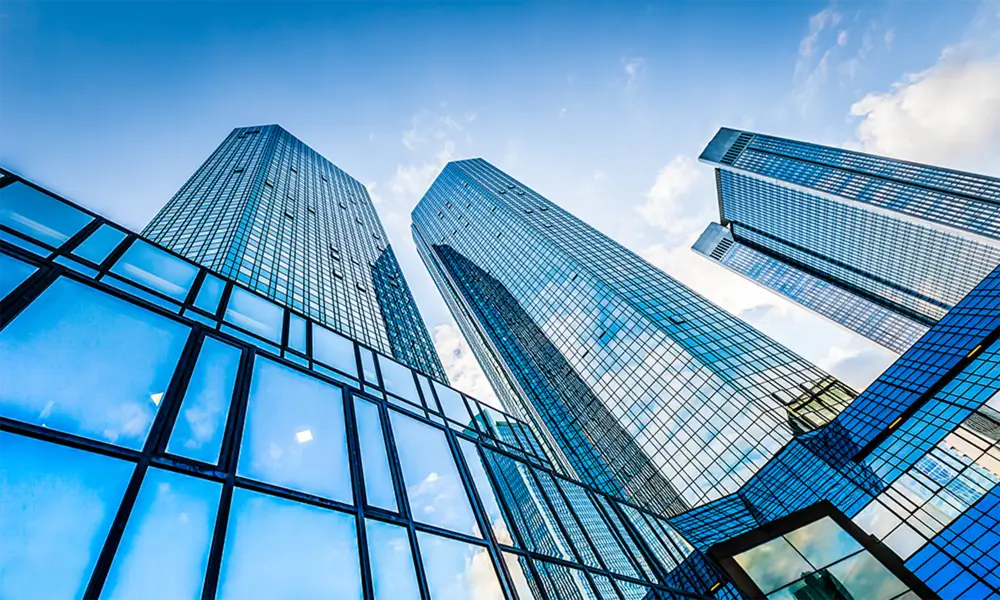

The Unique Features of Low-E366 Glass
In the realm of modern architecture and energy efficiency, Low-E glass has emerged as a game-changer, particularly the Low-E366 variant. As buildings evolve to meet the demands of sustainability and efficiency, understanding the benefits of Low-E366 glass can provide insight into the future of construction and design.
Low-E, which stands for low emissivity, glass is specially coated to reduce the amount of infrared and ultraviolet light that can pass through it without compromising the amount of visible light that is transmitted. The 366 in Low-E366 glass indicates its unique performance characteristics. This type of glass is designed with a coating that reflects heat back to its source while allowing natural light to flow into the building. This feature becomes particularly advantageous in both hot and cold climates.
The Unique Features of Low-E366 Glass
Low-E366 glass is also known for its superior UV protection. Traditional glass allows a significant amount of harmful UV rays to penetrate, which can fade fabrics, artwork, and other valuable items indoors. By using Low-E366 glass, building owners can protect their interiors from UV damage, which extends the life of furnishings and reduces the need for frequent replacements or restorations.

Aesthetic appeal is another noteworthy advantage of Low-E366 glass. Its transparency and clarity offer unobstructed views while maintaining high aesthetic integrity. The glass does not distort colors or views, making it ideal for residential and commercial applications where design is a priority. The clear, clean lines provided by Low-E366 glass enhance the overall look of a building, making it a popular choice among architects and designers.
Beyond aesthetics and energy efficiency, Low-E366 glass also contributes to the sustainability movement. Many construction projects today aim for green building certifications such as LEED (Leadership in Energy and Environmental Design). Incorporating Low-E366 glass can help achieve credits toward such certifications due to its energy-saving properties and overall reduced environmental impact. This is crucial in an age where environmental consciousness is becoming increasingly important.
Moreover, the advances in technology have led to more affordable production processes for Low-E366 glass. This has made it more accessible for a wider range of applications beyond high-end residential or commercial buildings. Now, builders and homeowners can find cost-effective solutions to enhance energy efficiency without breaking the bank.
In conclusion, Low-E366 glass stands at the forefront of modern building materials due to its unique attributes. Its energy efficiency, UV protection, aesthetic appeal, and contribution to sustainability make it an excellent choice for a variety of applications. As the demand for energy-efficient and environmentally friendly building practices continues to rise, Low-E366 glass will undoubtedly play a significant role in shaping the future of architecture. Whether for a new construction project or a renovation, choosing Low-E366 glass is a decision that aligns with both economic and ecological sustainability.